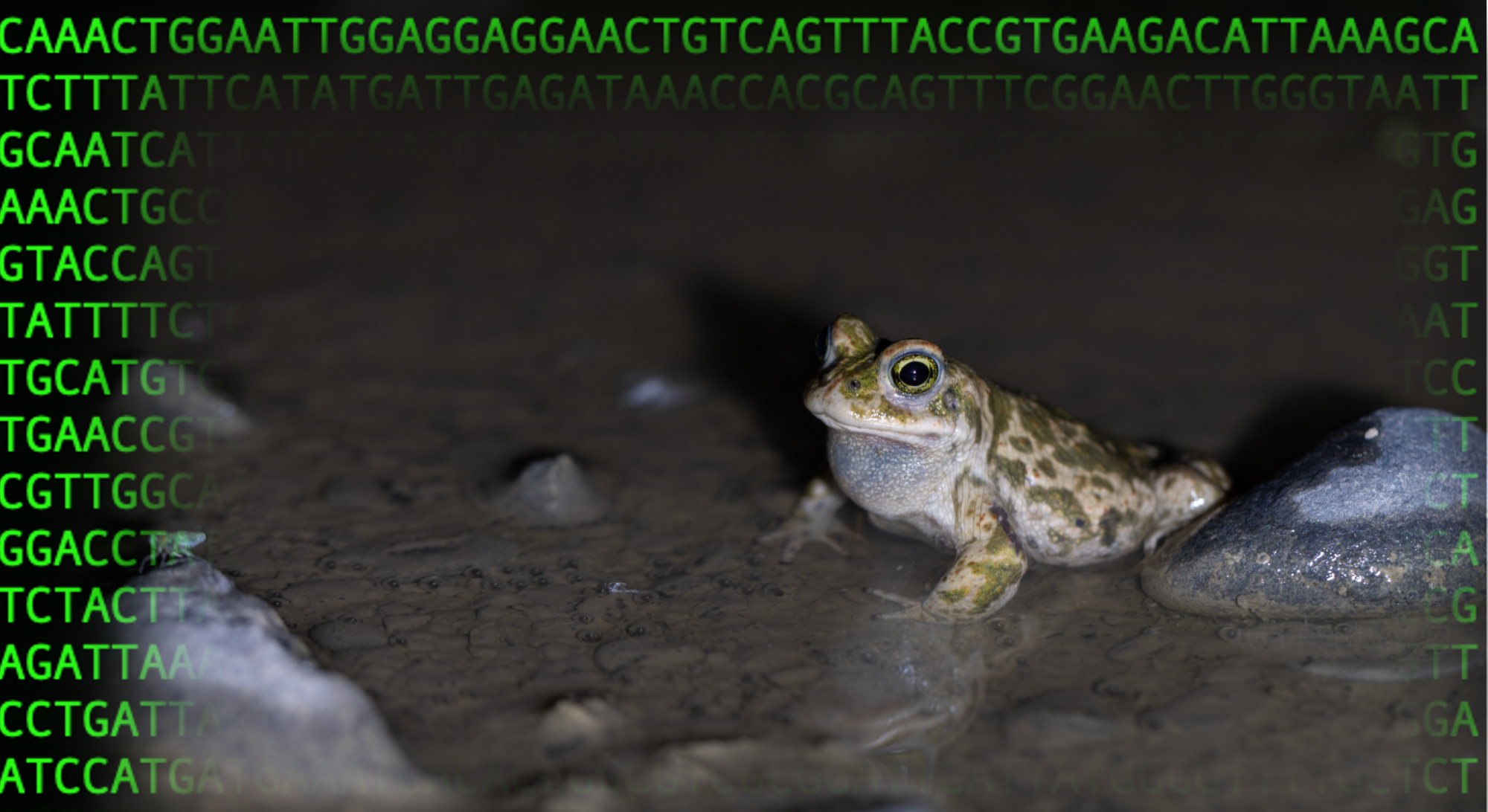Melitaea diamina

The knowledge of various experts was included in the selection of the insect species.
Profile
- Characteristics
- Wingspan: 40 – 48 mm
- Markings
- Dark brown base colour, with orange spots mainly on the forewings, but also on the hindwings. The female is usually larger and more heavily spotted. The underside of the hindwings is dark ochre yellow at the fringe and the adjacent row of marginal moons is strikingly bright. The marginal moons border inwards on orange fields with a row of dark spots, some of which are circular.
- The adult caterpillar is speckled black and white and has spines with black hairs. There is a white line at the level of the stigmas. The head is black.
- Egg: The eggs are whitish-yellow, later somewhat stronger in colour. They have 24-28 weak longitudinal ribs. The eggs are laid in clusters on the underside of the leaves of the food plant.
- Pupa: The pupa is white with black spots and light brown knob-warts on the abdomen. The pupation takes place on walls or on plants.
- Nutrition
- Food plant of the caterpillar: Valeriana officinalis, Plantago lanceolota, Filipendula ulmaria, Melampyrum pratense and others.
- The caterpillars feed gregariously and overwinter together in a web under dry leaves. After hibernation they separate.
- Habitat
- Inhabits meadows that are used at most once a year. Rarely also pastures. At lower altitudes, they are mainly found on wet meadows, high moorland edges and herbaceous patches on stream margins and forest meadows.
- Occurrence
- All of Switzerland, in the lowlands locally on reed meadows and in the mountains more widespread on meadows near forests. The upper limit of distribution is 2000 m above sea level.
- Lifecycle
- The caterpillars live on the food plant from July to October and after hibernation from April to early June. The butterflies fly from May to July and in warm climates, two generations will take flight the first from May to July and the second from August to September. The females lay their eggs in small clusters under the leaves of their food plants.

- Endangerment and conservation measures
- Red List status (Switzerland): Near threatened (NT)
- The wet habitats of the Valerian Fritillary are threatened by fertilisation, drainage and filling.
Source: Butterflies of Switzerland 3rd edition, natur-schmetterlinge.ch

